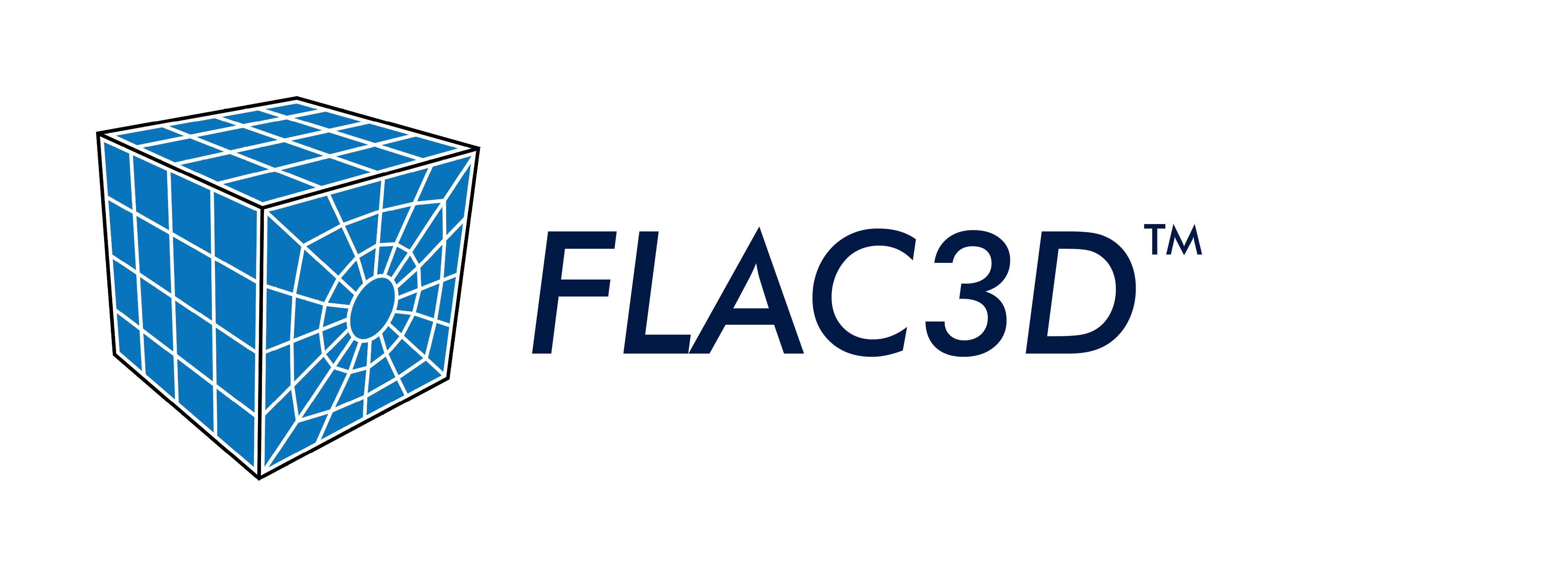Itasca performs analyses for concrete/masonry dams (including arch, gravity, RCR - roller compacted concrete) and embankment dams (earth, rockfill, and mine tailings dams), including:
- Short- and long-term mechanical behavior analysis of dams on fractured rock
- Optimizing dam design based on criteria constraints
- Analyzing thermo-hydro-mechanical behavior of a concrete dam subjected to thermal variations and to variations in the water level in the reservoir
Itasca has also evaluated numerous dam spillways and underground powerhouses.
By analyzing ground strength, stresses, and dynamic events, Itasca can estimate foundation, slope, tunnel, and cavern stability, and suggest successful remedial solutions as needed. Itasca assesses risk by interpreting modeling results and incorporating onsite monitoring information where available. Selected examples of Itasca dam projects can be seen in the following table.
|
Type |
Dam Name |
Country |
|
Arch |
Alcolea |
Spain |
|
Asfalou River |
Morocco |
|
|
Bin el Ouidane |
Morocco |
|
|
Krokströmmen Kraftstation |
Sweden |
|
|
RMEL |
Morocco |
|
|
Saint Maria |
Switzerland |
|
|
Vargfors |
Sweden |
|
|
Zapotillo |
Mexico |
|
|
Earth/Rock Fill |
Albages |
Spain |
|
Bennett |
Canada |
|
|
Bisri |
Lebanon |
|
|
Chalupas |
Ecuador |
|
|
Convento Viejo |
Chile |
|
|
El Bato |
Chile |
|
|
Koldam |
India |
|
|
Laguna del Maule |
Chile |
|
|
Lautaro |
Chile |
|
|
Los Loros |
Perú |
|
|
Lukovo Pole |
Macedonia |
|
|
Malvecino exp |
Spain |
|
|
Martil River |
Morocco |
|
|
Moreau |
Guadeloupe Island |
|
|
Reyunod |
Argentina |
|
|
Saint-Christophe |
France |
|
|
Wirgane |
Morocco |
|
|
YESA expansion |
Spain |
|
|
Concrete |
Al Massira |
Morocco |
|
Idriss 1er |
Morocco |
|
|
Yaté |
New Caledonia |
|
|
Dome |
Busanga |
DRC |
|
Tailings |
El Mauro |
Chile |
|
El Morro |
Chile |
|
|
Laguna Seca |
Chile |
|
|
Mantos Blancos |
Chile |
|
|
Ovejería |
Chile |
|
|
Pampa Pabellón |
Chile |
|
|
Porvenir |
Perú |
|
|
Quebrada Honda |
Perú |
|
|
Quillayes |
Chile |
|
|
Santo Domingo |
Chile |
|
|
Sierra Gorda |
Chile |
|
|
Torito |
Chile |
|
|
Tórtolas |
Chile |
Static Design and Safety Services
From proposal to conclusion of a project, Itasca engineers are committed to minimizing risk and maximizing reliability. Frequently, a key to understanding dam behavior is accurate prediction of water pressures and flow within the dam components and its foundations. Itasca has experts in water flow in both porous media and jointed rock. We can examine the causes of leakage and erosion, predict failure modes and evaluate the results of remedial measures. Structural elements, artificial interfaces, and natural jointing can be included in models to predict the effectiveness of rock and soil reinforcement and reduced-permeability zones may be included to predict the viability of grouting and curtain walls. Itasca also has considerable experience incorporating material creep and thermal-hydro-mechanical coupling in evaluating seasonal variations in temperature and water level and concrete curing.
Dynamic Response Services
The dynamic behavior of dams can be simulated by performing nonlinear analysis of dam behavior in the time domain. Hydrodynamic interaction between the dam and reservoir can also be represented. In many places, the dynamic behavior of a dam during dynamic events is critical, with re-evaluation of existing dams becoming more important for jurisdictions with evolving design codes. Itasca engineers can perform fully non-linear analyses of a dam’s response to dynamic loading in the time domain. The behavior of the dam in real time allows design weaknesses to be identified and corrected. The effects of earthquakes, blasting, soil liquefaction, hydrodynamic influences, and water flow can all be modeled to predict any design weaknesses and optimize remediation for enhanced safety and longer infrastructure life.
